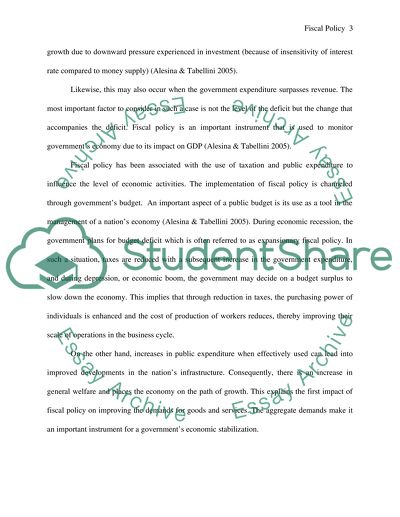Cite this document
(“Fiscal Policy Essay Example | Topics and Well Written Essays - 1750 words”, n.d.)
Retrieved de https://studentshare.org/macro-microeconomics/1391147-fiscal-policy
Retrieved de https://studentshare.org/macro-microeconomics/1391147-fiscal-policy
(Fiscal Policy Essay Example | Topics and Well Written Essays - 1750 Words)
https://studentshare.org/macro-microeconomics/1391147-fiscal-policy.
https://studentshare.org/macro-microeconomics/1391147-fiscal-policy.
“Fiscal Policy Essay Example | Topics and Well Written Essays - 1750 Words”, n.d. https://studentshare.org/macro-microeconomics/1391147-fiscal-policy.


